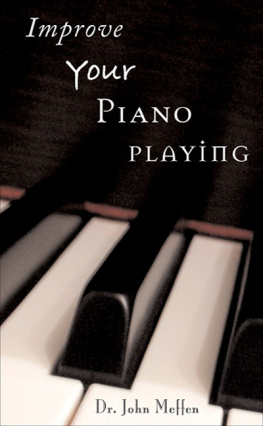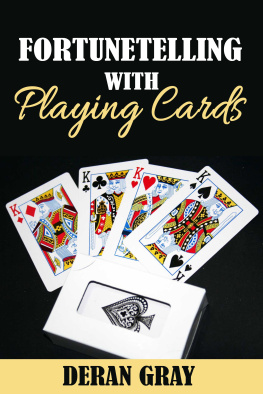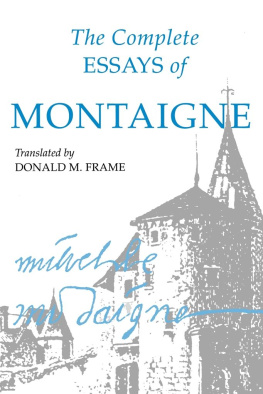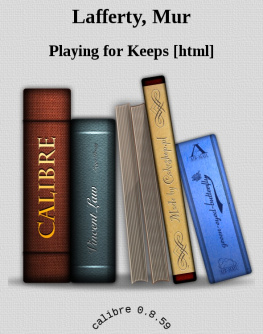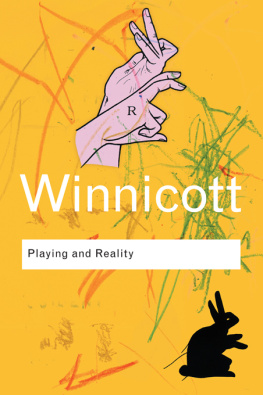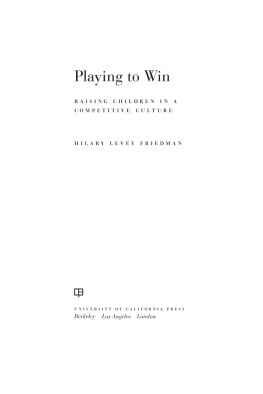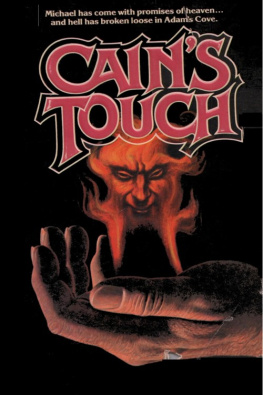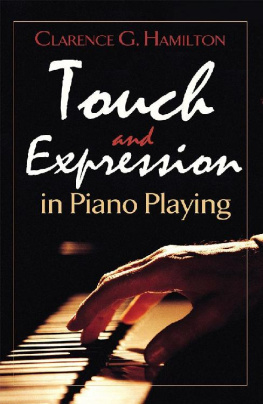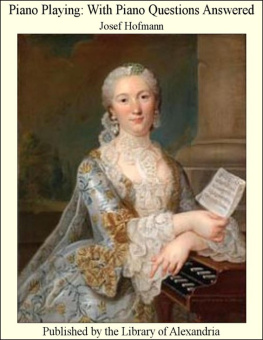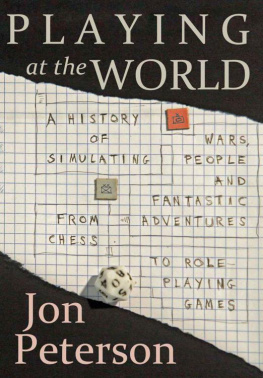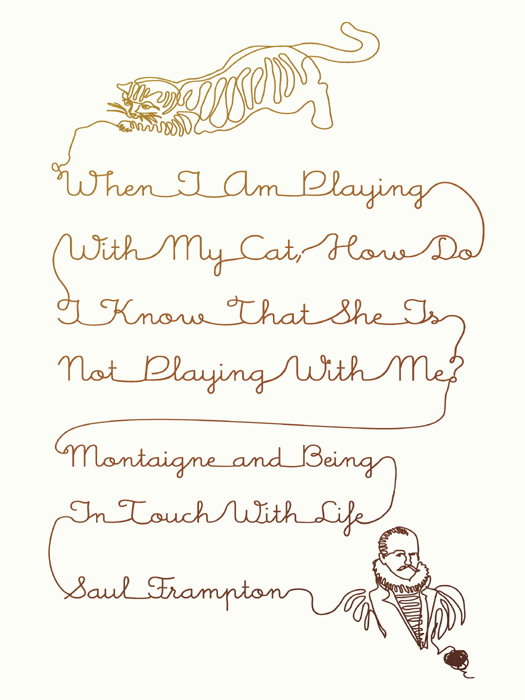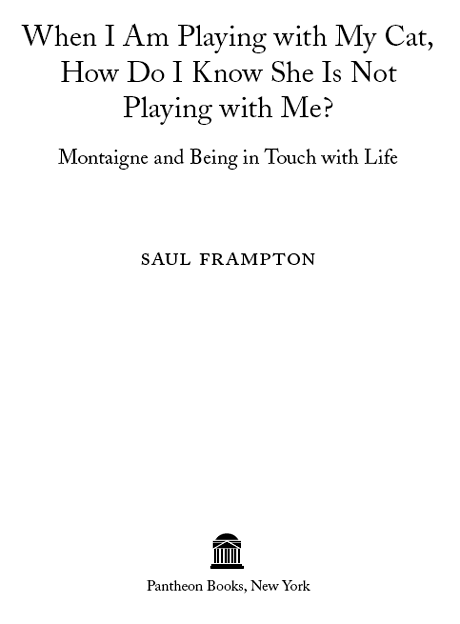Copyright 2011 by Saul Frampton
All rights reserved. Published in the United States by Pantheon Books, a division of Random House, Inc., New York, and in Canada by Random House of Canada Limited, Toronto. Originally published in Great Britain by Faber and Faber Limited, London.
Pantheon Books and colophon are registered trademarks of Random House, Inc.
Library of Congress Cataloging-in-Publication Data
Frampton, Saul.
When I am playing with my cat, how do I know she is not playing with me? : Montaigne and being in touch with life / Saul Frampton.
p. cm.
eISBN: 978-0-307-37959-7
1. Montaigne, Michel de, 1533-1592Criticism and interpretation. 2. Montaigne, Michel de, 1533-1592. Essais. I. Title.
PQ1643.F73 2011 844.3dc22 2010043642
www.pantheonbooks.com
Jacket illustration and design by Barbara de Wilde
v3.1
We are each of us richer than we think
Contents
Preface
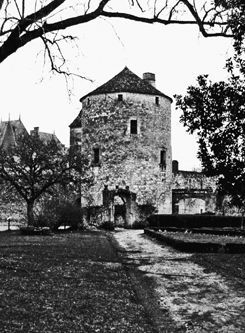
Sometime towards the end of the sixteenth century, Michel Eyquem, Seigneur de Montaigne, reached up to the ceiling of his library and scratched off an inscription he had placed there some years before. His library was on the third floor of a round tower standing on a corner of the noble house of Montaigne in Prigord. From his windows he could see into his garden, his courtyard, his vineyards, and into most parts of his house. The house stood on a hill a few miles north of the Dordogne, some thirty miles east of Bordeaux.
Circling Montaigne were his books, a thousand of them, arranged on five shelves on all sides. Through them he leafed without order, without plan, getting up from his chair to stroll around the room, sixteen paces in diameter, giving him a circular walk of about fifty paces in circumference. Above his head, classical and biblical quotations curled across the joists and beams of his ceiling, like vines round the branches of a tree.
The inscription Montaigne erased was a line from the Roman poet Lucretius: Nec nova vivendo procuditur ulla voluptas There is no new pleasure to be gained by living longer. It was a sentiment he had previously held dear to. Like most thinkers of his time, Montaigne followed a Christian and a Stoic philosophy, where life was seen as preparation for the afterlife and the task of philosophy was to harden oneself against the vicissitudes of fortune. And of misfortune, Montaigne had experience at close hand. His first-born daughter had died at the age of only two months (the first of five to die in infancy). His younger brother had been killed, absurdly, tragically, by a blow from a tennis ball. His best friend, Etienne de La Botie, had died of the plague in his early thirties. And his father, whom he adored, had recently suffered a prolonged and agonizing death from a kidney stone. Moreover, violent religious warfare was spreading across the country, setting light to Montaignes region, pitting Catholic against Protestant, father against son, massacre against murder.
And so in a Latin inscription he had made on the wall of his library after resigning from his job as a magistrate and retiring to his house, Montaigne had declared his intention to hide himself away, and crawl unburthened towards death:
In the year of Christ 1571, aged thirty-eight, on the eve of the beginning of March, his birthday, Michel de Montaigne, worn out with the slavery of the court and of public service, and whilst still intact, retires to the bosom of the learned Muses, where in peace and security he hopes, if fate allows him, to pass what may be left of his life already more than half spent, consecrating this ancestral dwelling and sweet retreat to his liberty, tranquillity and repose.
The choice of his birthday expressed a melancholy fatalism: that this was the beginning of his cessation. And so Montaigne, soon to be pained with the illness that had killed his father, had retired to this round tower, to this third-floor room, to pass away, undisturbed, the little that may be left of his life.

Montaigne is now renowned as the author of the Essays, perhaps, alongside the plays of Shakespeare and Don Quixote, one of the most important literary works of the Renaissance. In it he attempts to essayer or test an amazing variety of topics, ranging from warfare to idleness, from drunkenness to thumbs. Begun a couple of years after Montaignes retirement, yet continually added to over the twenty years up to his death, the Essays represent an amazing compendium of Renaissance beliefs and attitudes.
But Montaignes erasing of the words of Lucretius from the ceiling of his library also marks an amazing reversal in Montaignes outlook over the course of his writing a shift from a philosophy of death to a philosophy of life.
Deeply influenced by the death of his father and the steadfastly stoical death of his friend La Botie, Montaigne had initially retired with death uppermost on his mind: To Philosophize is to Learn to Die, as he declares in the title of one of his first essays. But over the course of his writing, Montaigne turns his back on this pessimism and embraces a new philosophy, in which it is living happily, not dying happily, that is the source of human happiness. Like James Stewarts character in Its A Wonderful Life, Montaigne begins to reject despair and feel the texture of the simple fabric of existence. And, with this, his essays grow from simple distractions into a way of replaying, rewinding, and reliving his life as he lives it: I want to increase it in weight; I want to arrest the speed of its flight by the speed with which I seize it The shorter my possession of life, the more deeply and fully I must make use of it.
And Montaignes writing overflows with life. In over a hundred essays and around half a million words he records every thought, every taste and sensation that crosses his mind. He writes essays on sleep and on sadness, on smells and friendship, on children and sex and death. And, as a final testament, he writes an essay on experience, in which he contemplates the wonder of human existence itself.
And in the text of the Essays and his Travel Journal (recounting his trip to Italy), Montaigne explores the pains, paradoxes and pleasures of being. He asks whether you should jump or duck at the bang of an arquebus, or whether to stand still or run at the enemy. He tells how Plato says you shouldnt drink before you are eighteen, should drink moderately until forty, but after then get drunk as often as possible. He notes the beauty of the prostitutes of Florence (nothing special) and the Italians love of large breasts. He loses his wallet; he pokes himself in the eye. He goes sledging down Mont Cenis. He goes to Pisa and meets the learned Doctor Burro, who presents him with a book on the ebb and flow of the sea.
Yet amidst these infinite interests there remains a heart to Montaignes enquiry: his own experience of himself. For Montaigne stands at the watershed of the two great intellectual movements of the past millennium: the darkened vaulting of medieval Christendom and the monstrous progeny of seventeenth-century science. In both of these, everyday life is, in a sense, relegated: in science into mechanism and matter; in religion into transitoriness and sin. Montaigne is like a man standing on a platform, waiting between these two trains. Yet during this silence, in the space of perhaps a few decades around the end of the sixteenth century, life begins to unfurl. For what Montaigne discovers is the power of the ordinary and the unremarkable, the value of the here-and-now. And central to this is the idea that each and every one of us and he takes himself as the primary example has a


